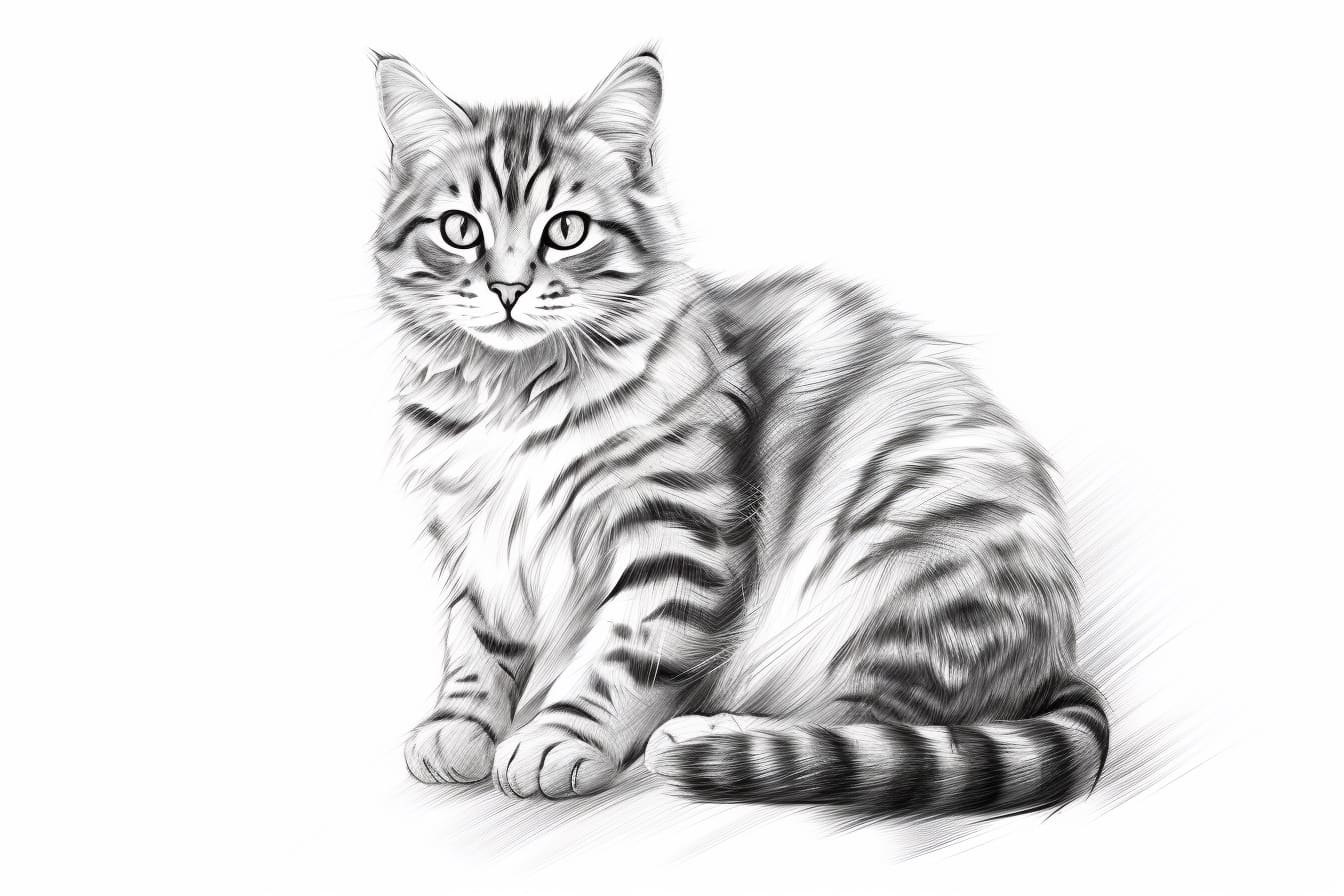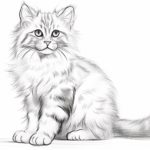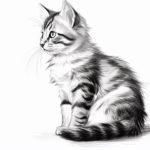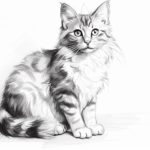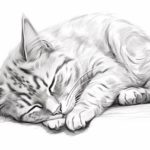Are you a cat lover? Do you admire the beauty and grace of tabby cats? If so, why not try your hand at drawing one? Drawing a tabby cat can be a fun and rewarding experience, allowing you to capture their unique markings and expressive eyes on paper. In this step-by-step guide, we will walk you through the process of drawing a tabby cat from start to finish. So grab your pencil and paper, and let’s get started!
Materials Required
Before we begin, make sure you have the following materials:
- Pencil: A regular graphite pencil with a medium lead (HB or 2B) will work well for this drawing.
- Eraser: You’ll need a soft eraser to correct any mistakes or lighten areas that need adjustment.
- Paper: Choose a smooth, heavyweight paper that is suitable for drawing. A size of 9×12 inches or larger is recommended.
- Reference photo: Find a clear and detailed photo of a tabby cat to use as a reference. You can search online or use a picture from a book or magazine.
Now that you have all your materials ready, let’s dive into the drawing process!
Step 1: Outline the Basic Shapes
Start by lightly sketching the basic shapes that make up the cat’s head and body. Use simple shapes like circles, ovals, and triangles to establish the proportions and overall structure. The head is roughly oval-shaped, with two smaller circles for the ears. The body can be represented by a larger oval or an elongated shape.
Step 2: Sketch the Facial Features
Next, focus on the cat’s face. Using your reference photo as a guide, draw two almond-shaped eyes in the middle of the head. Leave some space between the eyes for the nose. Add a small triangle beneath the eyes for the nose. Then, draw a slightly curved line for the mouth.
Step 3: Add Details to the Face
Now it’s time to add more details to the cat’s face. Start by drawing the cat’s ears. Tabby cats typically have pointy ears, so make sure to capture their shape accurately. Then, add some fur details around the face by lightly sketching short, curved lines to represent the fur texture around the eyes, cheeks, and chin.
Step 4: Define the Body Shape
Refine the body shape by adding more curves and contours. Pay attention to the position and proportions of the different body parts. Tabby cats have a slender body, so make sure to capture this characteristic in your drawing. Don’t forget to sketch the tail, which is usually long and tapered.
Step 5: Draw the Legs and Paws
Sketch the cat’s legs, imagining them as simple cylindrical shapes. Then, add the paws at the end of each leg by drawing small ovals or rounded triangles. Tabby cats have small, delicate paws, so try to keep that in mind as you draw.
Step 6: Add Fur Details
Tabby cats have beautiful and distinctive fur markings. To capture this, start adding the tabby stripes by drawing short, curved lines along the cat’s body. These lines should follow the contours of the body and help define the cat’s shape and form. Be patient and take your time with this step to make the fur look natural and realistic.
Step 7: Refine and Shade
Now it’s time to refine your drawing and add some shading to give it depth and dimension. Use your reference photo to observe where the light is coming from and create shadows accordingly. Shade the areas that would be in shadow, such as the underside of the body, the sides of the face, and the areas between the stripes. Gradually build up the shading by adding more layers of graphite, and use your eraser to create highlights and soften edges.
Step 8: Finalize the Details
Take a step back and assess your drawing. Are there any areas that need adjustment or refinement? Make sure the proportions and shapes are accurate before moving on to the final steps. Add any additional details, such as whiskers, individual hairs, or small markings, to enhance the realism of your drawing.
Conclusion
Congratulations! You have successfully learned how to draw a tabby cat. By following these step-by-step instructions, you were able to capture the beauty and unique characteristics of this beloved feline. Remember, practice makes perfect, so keep honing your drawing skills and experimenting with different techniques. Whether you’re a beginner or an experienced artist, capturing the essence of a tabby cat on paper can be both challenging and rewarding. So grab your pencil, let your creativity take over, and enjoy the process of bringing these majestic creatures to life!

